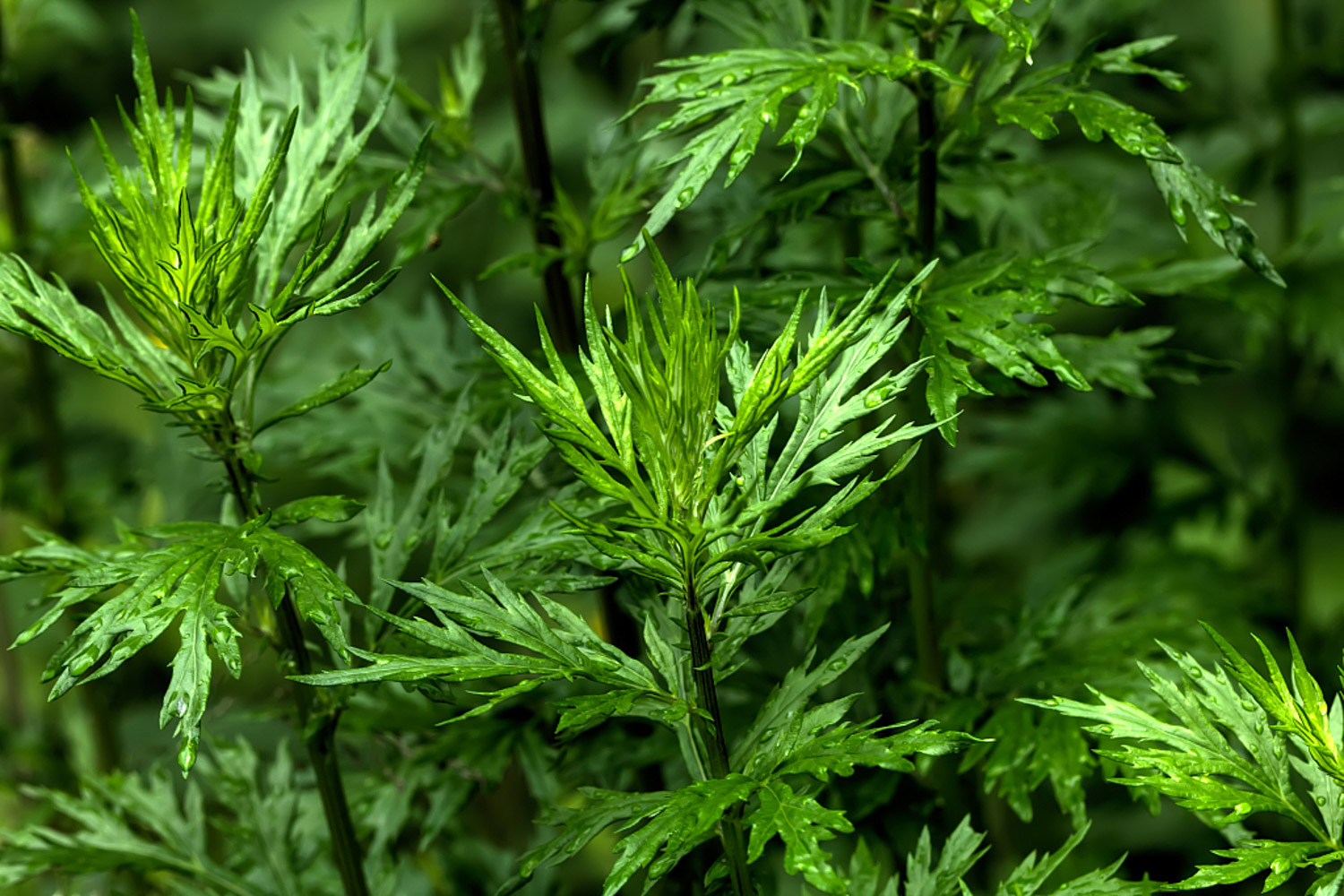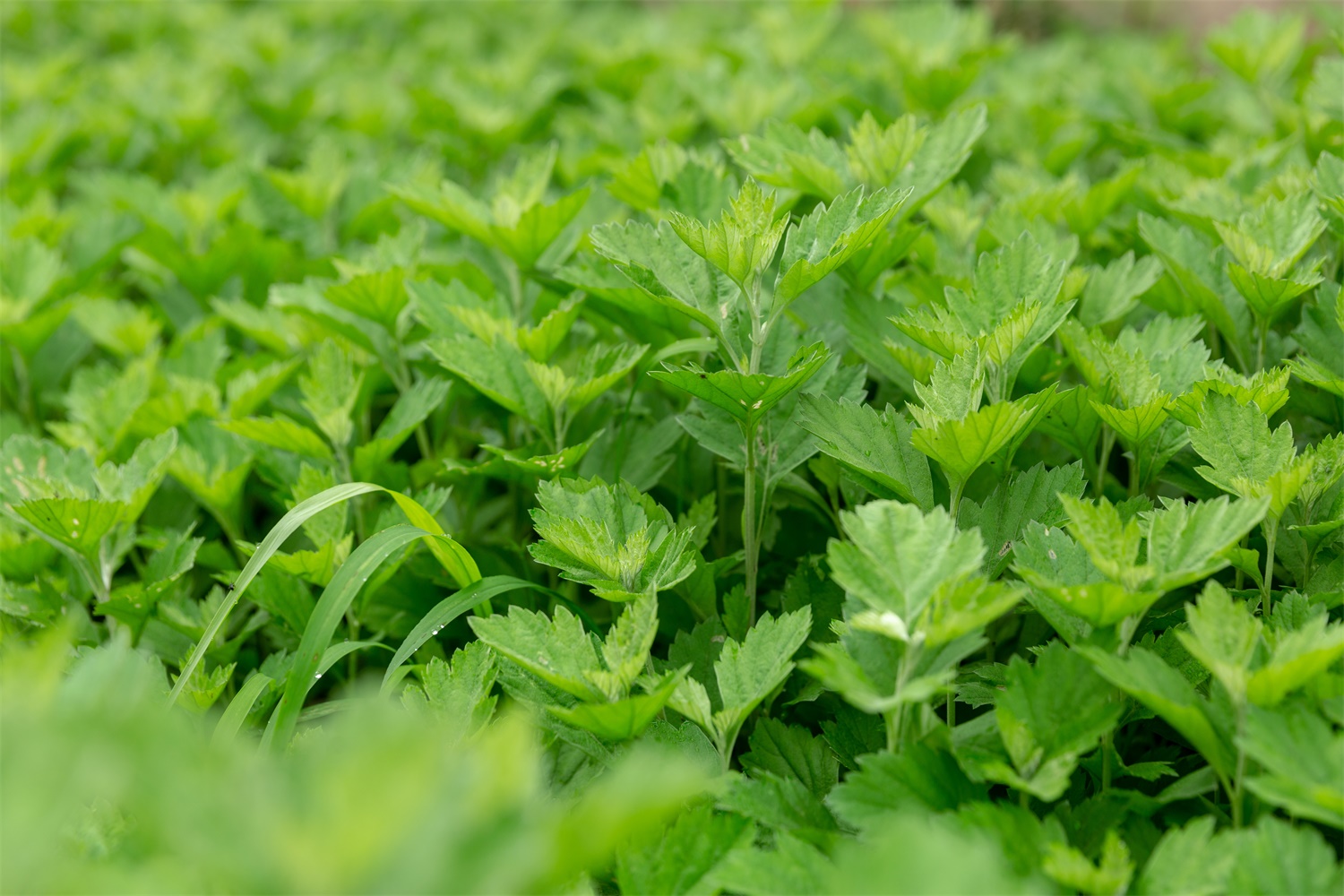1、 Soil
Wormwood has strong adaptability to soil, but if you want it to grow better, you'd better use fertile and permeable soil
2、 Watering
At ordinary times, it is necessary to ensure that the soil is slightly wet. When watering, it should be appropriate, not too much or too little, and the watering frequency should not be too frequent. If you can't grasp the watering time, you can look at the soil before watering. If it is very dry, you should water it in time. If it is wet, you don't need to water it again

3、 Illumination
Breeding wormwood needs to ensure sufficient light, which is more conducive to its growth. However, when breeding at home, when the sun is strong in summer, appropriate shading measures should be taken to prevent it from being exposed to the sun for a long time
4、 Fertilization
Before sowing, the base fertilizer shall be applied, and the fertilizer shall be applied every time it is harvested. An appropriate amount of topdressing can be applied. It is best to use the rotten human and animal manure, or some phosphorus and potassium fertilizer can be applied appropriately

5、 Precautions
1. Pest control: common pests of wormwood generally include aphids, scale insects and red spiders. Once pests occur, they will affect its growth and cause damage to branches and leaves. After discovery, they should be caught in time or sprayed with medicine
2. Reproduction: wormwood can be propagated by rhizome and seed. It is best to apply sufficient base fertilizer before sowing, and there should be no ponding during watering, so as not to cause diseases


 jackfruit
jackfruit snake plant
snake plant hibiscus
hibiscus hydrangea
hydrangea lavender
lavender Green roses climb al...
Green roses climb al... If you don't pay att...
If you don't pay att... Management of four g...
Management of four g...

































